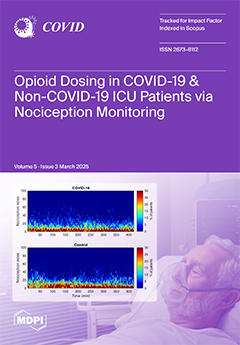This study examines the factors influencing the behavioral intention and compliance behavior of Transportation Network Vehicle Service (TNVS) drivers during the COVID-19 pandemic. Grounded in the Theory of Planned Behavior (TPB) and the Health Belief Model (HBM), the study integrates psychological, environmental, and organizational factors to explain TNVS drivers’ adherence to safety protocols. Data were collected from 342 TNVS drivers in the National Capital Region (NCR) and CALABARZON through a structured survey. Structural Equation Modeling (SEM) was employed to analyze the relationships among variables and assess the determinants of compliance behavior. The results indicate that attitude toward compliance (β = 0.453,
p < 0.001), risk perception (β = 0.289,
p = 0.001), availability of personal protective equipment (PPE) (β = 0.341,
p < 0.001), passenger compliance (β = 0.293,
p = 0.002), company policies (β = 0.336,
p = 0.001), and organizational support systems (β = 0.433,
p < 0.001) significantly influence behavioral intention. In turn, behavioral intention strongly predicts compliance behavior (β = 0.643,
p < 0.001), confirming its mediating role in linking influencing factors to actual adherence. However, stress and fatigue (β = 0.131,
p = 0.211), ride conditions (β = 0.198,
p = 0.241), and communication and training (β = 0.211,
p = 0.058) showed non-significant relationships, suggesting that their direct effects on behavioral intention are limited. The model explains 69.1% of the variance in compliance behavior, demonstrating its robustness. These findings highlight the importance of fostering positive attitudes, ensuring adequate resource availability, and reinforcing organizational support to improve TNVS drivers’ compliance with safety measures. Practical recommendations include implementing educational campaigns, ensuring PPE access, strengthening company policies, and promoting passenger adherence to safety protocols. The study contributes to the broader understanding of health behavior in the ride-hailing sector, offering actionable insights for policymakers, ride-hailing platforms, and public health authorities. Future research should explore additional contextual factors, gender-based differences, and regional variations, as well as assess long-term compliance behaviors beyond the pandemic context.
Full article





